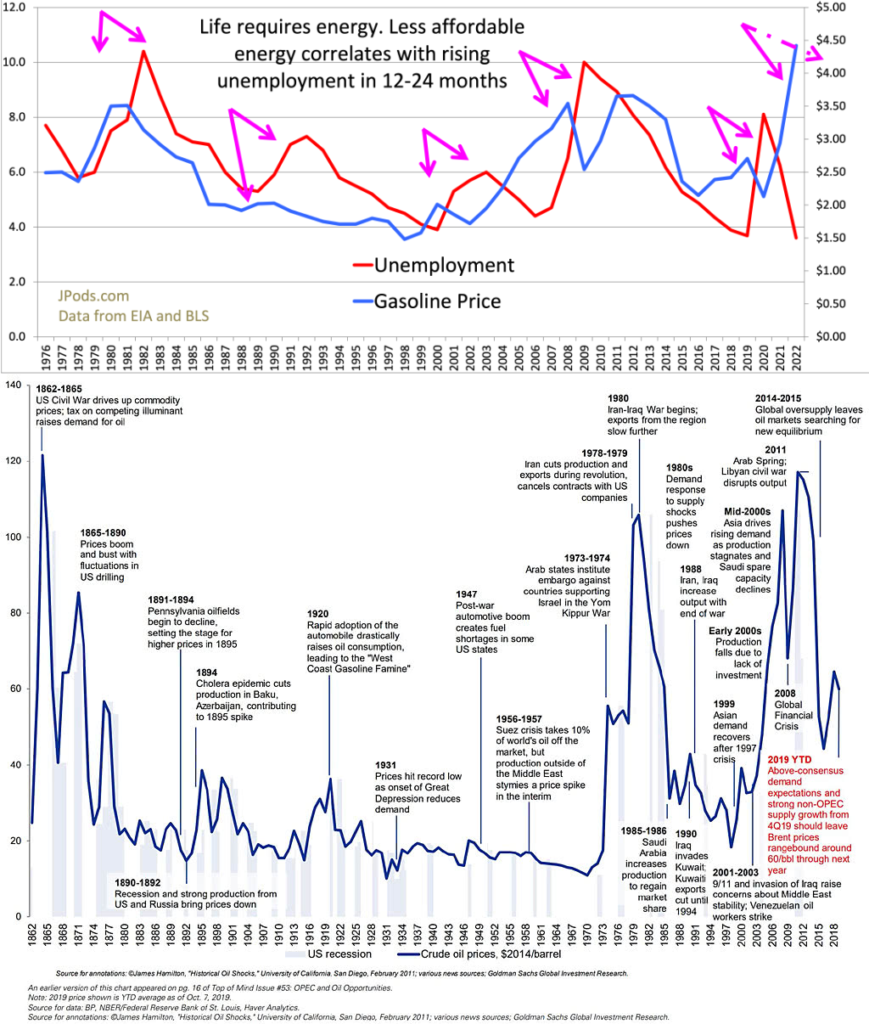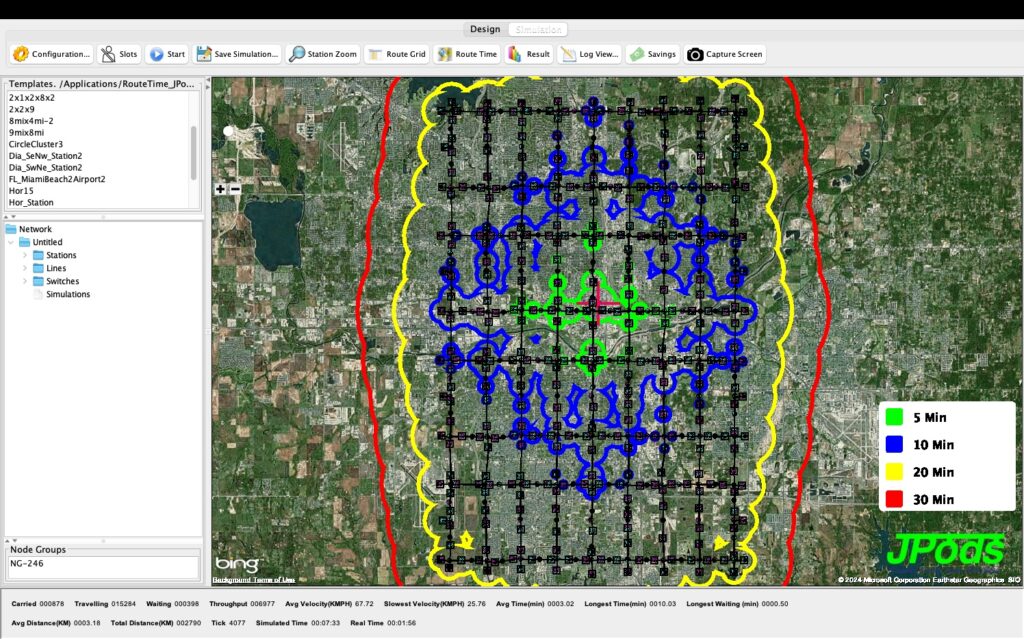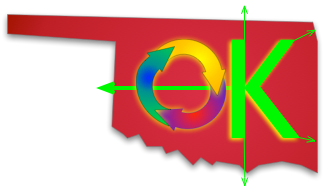- Dallas Fed's survey, Unaffordable oil, a replay of 2008 this decade:
- Question: "Do you expect a significant tightening of the oil market by the end of 2024, given the current underinvestment in exploration?"
- Answer: 85% of oil executives agreed.
- Cited comment: “Shale core exhaustion and inventory concerns are mainstream and well-documented issues. Shale will likely tip over in five years, and U.S. production will be down 20 to 30 percent quickly. When it does—this feels like watching the steam roller scene in Austin Powers. Oil prices in the late 2020s will be something to behold.”
- Objective: Reduce urban car-miles by 60% so fuel is affordable to agriculture and food distribution. Size of the JPods network is 216 miles with a capital cost of $4.3 billion. It provides a solar farm gathering 1,080 MWh/day while cutting urban transport energy requirements by 95%.
| Car-miles reduced | CO2 Savings tons/year | Gasoline savings/year | $ Capital Savings | |
| 10% | 313,680 | $35,318,924 | $1,931,491,884 | |
| 20% | 627,359 | $70,637,848 | $3,862,983,768 | |
| 30% | 941,039 | $105,956,772 | $5,794,475,652 | |
| 40% | 1,254,719 | $141,275,696 | $7,725,967,536 | |
| 50% | 1,568,398 | $176,594,620 | $9,657,459,420 | |
| 60% | 1,882,078 | $211,913,544 | $11,588,951,304 | |
| 70% | 2,195,758 | $247,232,468 | $13,520,443,188 | |
| 80% | 2,509,438 | $282,551,392 | $15,451,935,072 |
- The Oil & Gas industry needs JPods, and similar networks, to diversify energy sources to avoid the repeating cycles of rising oil prices, rising unemployment, collapsing into recession, and collapsing oil prices with the bankruptcies experienced in 2019 and 2020.

- Vote by the North Central Texas Coalition of Governments to allow innovative transport networks.
- 5X5 Standard: Privately funded networks 5 times more efficient than roads pay 5% of gross transport revenue to use the airspace over approved public Rights of Way to deploy solar-powered transport networks. Franchise contract copied from city communications and power networks.
- 10X Lower cost transport networks are practical
Rough approximation of a privately funded $4 billion networks in Austin. Actual network will be designed bases on community needs and wants.
Without owning a car, 24 hours a day, 7 days a week, you can get nearly anywhere in Austin in 20 minutes. Removing 60% of car-miles will reduce road-kills of pedestrians and bike riders by 400%. Greater safety will encourage ever more pedestrian and bike activities. Less than 1% of the land area in the 35 largest US cities is walkable yet accounts for 25% of US GDP. Increasing pedestrian safety will increase economic development.

Route-Time™ map showing travel times in Austin, 24x7. From the Red Cross, where you can walk to a station, ride to another station, and walk from that station is noted by the circles around each station. Green is 5 minutes, Blue is 10 minutes, Yellow is 20 minutes, and Red is 30 minutes.






